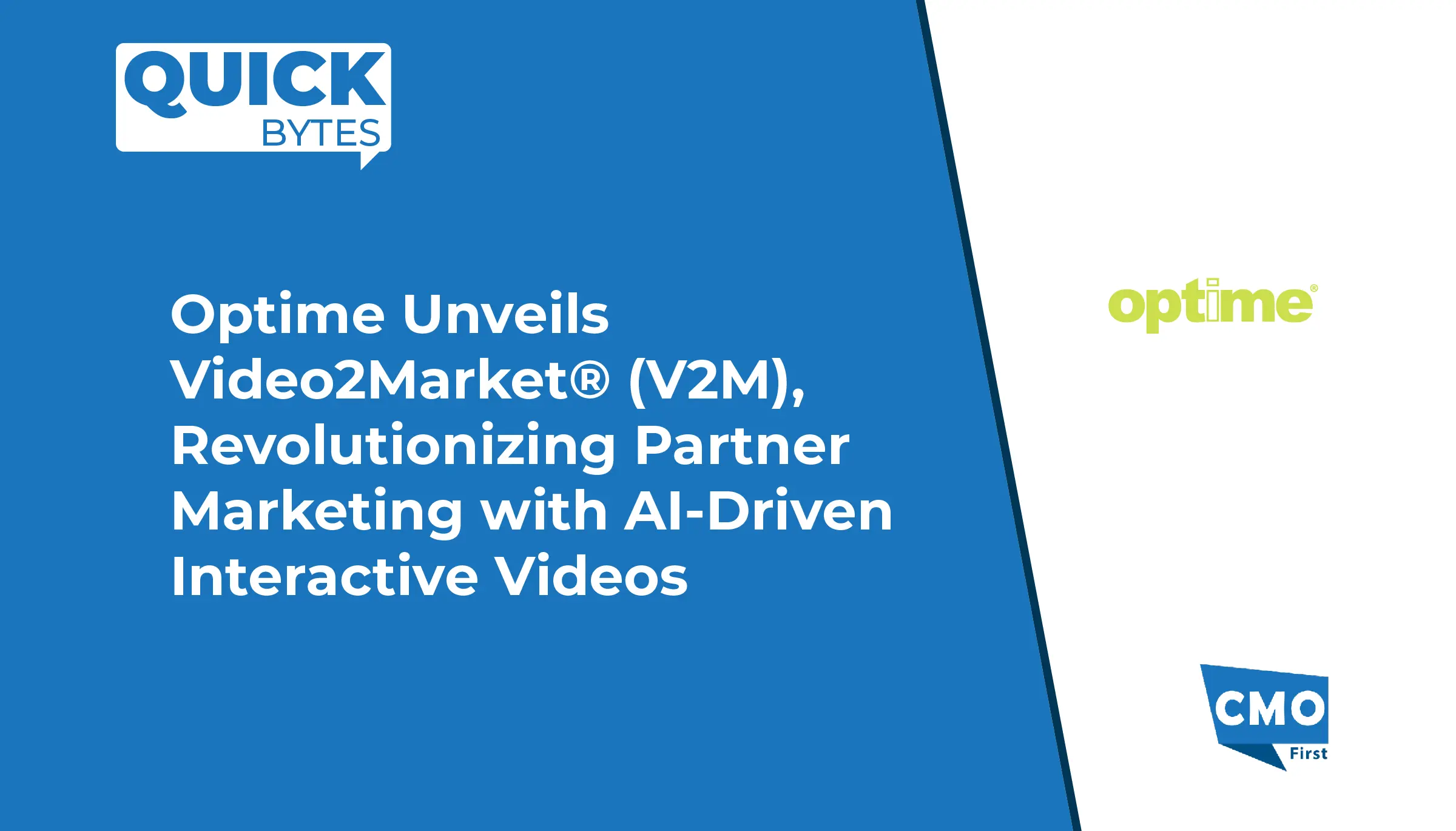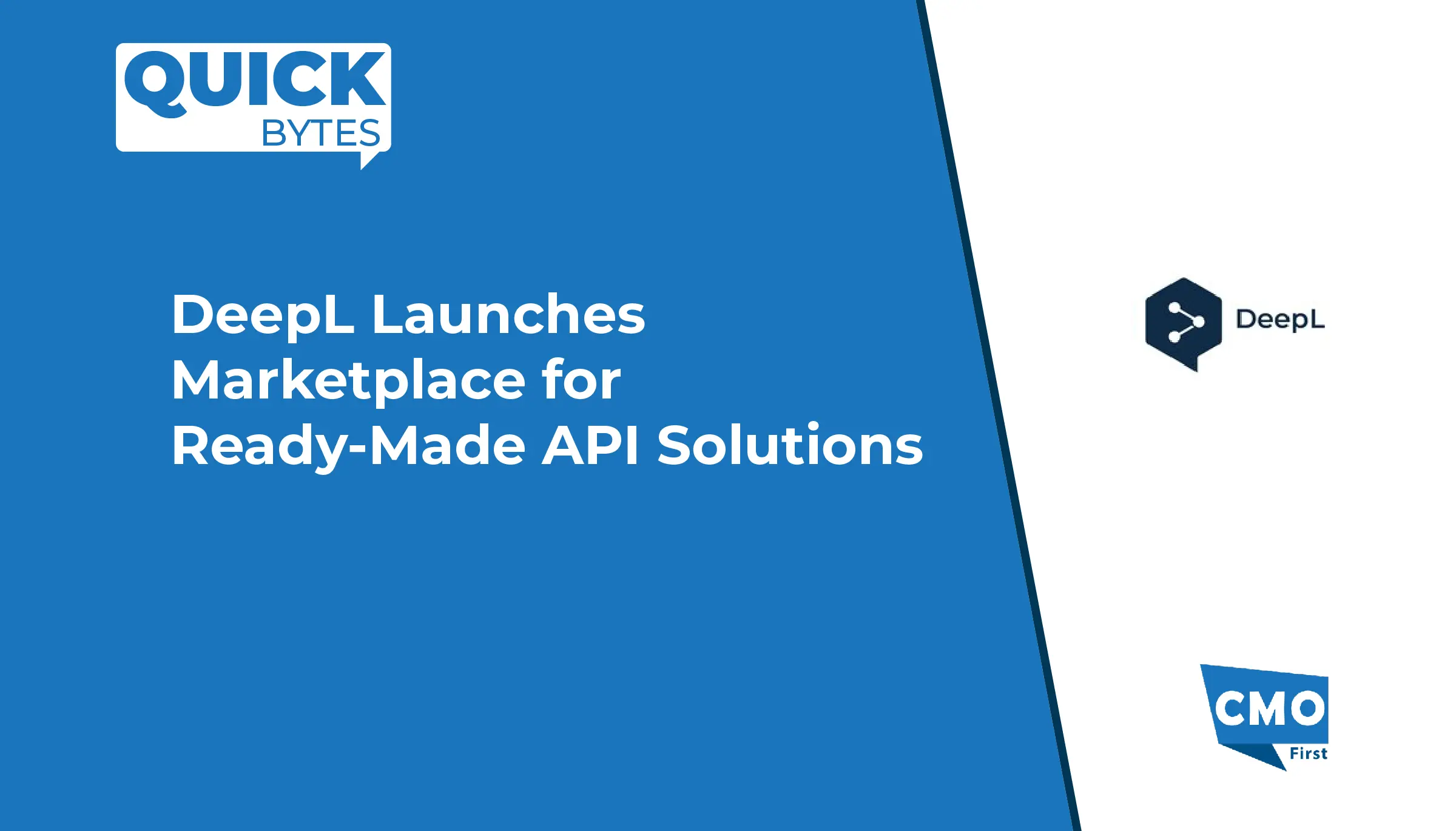Ever wonder why customers disappear halfway through your website? Why they scroll endlessly without buying or jump from mobile to desktop and back again? Digital journeys are messy. Expectations are higher than ever. One small glitch, one confusing step, and the experience can fall apart. Marketers track clicks and page views, but those numbers don’t explain the why. They show what happened. They don’t show what frustrated the user, what made them leave, or what they actually wanted.
This is where digital experience analytics comes in. DXA is the practice of collecting, analyzing, and acting on user behavior across all digital touchpoints. This includes websites, apps, and mobile. It goes beyond counting clicks. It uncovers frustration, hesitation, and intent.
The purpose of this article is simple. We will show how marketers can use DXA to understand why customers act the way they do, fix the friction that blocks conversions, and deliver personalized, high-impact experiences. Let’s say for example, in ‘Win India’s festive sales’ (2025), Google found that Google and YouTube were part of 87% of journeys where consumers discovered a new brand. That shows just how connected behavior and experience really are.
What is Digital Experience Analytics (DXA)?
Traditional analytics shows numbers. Page views. Clicks. Bounce rates. Useful? Somewhat. But it never explains the why. Why did someone leave? Why did another scroll endlessly without buying? Digital experience analytics focuses on that why. It digs into frustration, confusion, intent. It shows the reasons behind every move.
DXA has four main areas. User Behavior Analysis first. Heatmaps, session replay, journey funnels. You see the rage clicks, the repeated taps, the exact moment someone gives up. Voice of Customer next. Surveys, quick feedback widgets, even tiny polls. Users tell you what they think, what annoys them, what they want. Customer Journey Mapping comes third. People switch devices constantly. Mobile to desktop. App to web. Mapping these paths shows the real story of their decisions. Last is Technical Performance. Slow pages, hidden errors, broken forms. They stop conversions quietly. DXA exposes them so marketers can fix what matters.
Tools like Microsoft Clarity, Hotjar, Contentsquare make this process real at scale. But DXA is not about collecting more numbers. It’s about understanding them. Every click, every scroll, every hesitation tells something. Fix the friction. Improve the journey. Deliver experiences that actually matter. That is the difference between watching numbers and actually acting on them.
Also Read: Marketing in the Age of Attention Scarcity: How to Win Micro-Moments
Using DXA to Understand Behavior

Numbers tell part of the story. But the real insight comes from watching what people actually do. Digital experience analytics reveals friction points that ordinary analytics miss. Rage clicks. Repeated taps in frustration. Endless scrolling. Form fields abandoned halfway. Unexpected exits. Each of these is a signal. Each points to something broken, confusing, or annoying.
DXA lets marketers see patterns, not just random events. Who keeps returning to the same search? Who watches a video twice before moving on? Behavioral data goes beyond demographics. It shows intent. Real intent. And that’s where segmentation stops guessing and starts understanding. You can group users by what they do, not just who they are.
Then there’s attribution. DXA connects the dots between actions and outcomes. Every click, every pause, every exit can be traced to conversions. Marketing spend becomes accountable. You don’t just know traffic numbers; you know which interactions actually lead to results.
The scale makes it even more powerful. Microsoft Clarity processes over 1 petabyte of data from 100 million users each month. That’s not theory. That’s real insight from real people, across millions of sessions. A company notices a key form field dropping users. They replay the sessions, see the confusion, tweak the layout. Conversions rise. Simple, actionable, proven.
The point is this: DXA turns observation into action. It highlights where journeys stall, why users hesitate, and what drives them forward. With the right tools and attention, marketers can fix friction before it costs revenue. Every frustration removed, every behavior understood, moves the digital experience closer to what users expect and deserve.
Leveraging DXA for Journey Improvement
Seeing behavior is one thing. Acting on it is another. Digital experience analytics allows marketers to map journeys, compare them to ideal paths, and find where users actually go. The benchmark is the goal, the smooth, frictionless path a user should take. DXA shows the reality. Mobile users jump to desktop. App users bounce to the website. Every deviation tells a story. Every detour points to a problem.
Once you see the gaps, prioritization becomes critical. Not all issues are equal. Some errors stop a purchase cold. Others annoy a handful of users. DXA helps separate what matters from what is minor. Focus on the high-impact, high-frequency issues first. Fix what blocks many users, not what affects only a few.
Then comes hypothesis generation for testing. Confusion on the pricing page? Session replay shows hesitation, repeated clicks, and exits. That is a hypothesis waiting for an A/B test. DXA provides the evidence. You do not guess. You test. You learn. You improve.
Personalization is the next level. Real-time DXA data allows marketers to tailor content, offers, and navigation for specific segments. According to Adobe’s ‘AI & Digital Trends – Customer Engagement`’ release, 63% of practitioners are exploring or actively using generative AI for personalization. That means the data does not just inform fixes, it shapes experiences dynamically.
The scale is massive. Adobe’s Digital Economy Index analyzes about 1 trillion visits to retail sites and over 100 million SKUs. That is insight at an unprecedented level. With this, DXA is not just about smoothing paths. It is about delivering experiences that feel personal, immediate, and relevant. Every friction removed, every interaction understood, builds loyalty and drives measurable results.
Digital experience analytics turns raw behavior into action. It defines the journey, prioritizes the work, tests solutions, and personalizes at scale. It makes the difference between guessing what users want and giving it to them.
DXA and the Broader Marketing Ecosystem
Digital experience analytics works best when it is not alone. It has to connect with other tools. CRM systems, customer data platforms, marketing automation. Each holds pieces of the puzzle. Alone, you see clicks and scrolls in one place. You cannot act on them across channels. Connected, DXA feeds insights into the bigger picture. Marketers can understand the user from first visit to final conversion. Decisions become faster. Smarter.
Ethics and privacy cannot be ignored. Collect data with consent. Build privacy into the design. Use behavioral information responsibly. Users notice. They react. One mistake can destroy trust. DXA only works if people feel safe.
Looking ahead, prediction is where the real power lies. Predictive analytics, AI. They can take DXA data and forecast before anything happens. Who might leave? Who is ready to buy? You see it before it happens. You act before it matters too late.
The impact is clear. Companies that focus on digital experiences see real gains. McKinsey reports service organizations that prioritize digital offerings experience 15 to 20 percent higher customer satisfaction and 20 to 40 percent lower cost to serve. These numbers are not theory. They are proof that connecting DXA with the ecosystem, using it ethically, and thinking ahead changes outcomes. It is not just tracking behavior. It is turning behavior into action, and action into results that matter.
The DXA Competitive Advantage

Digital experience analytics is not about counting clicks. It is about understanding why people act the way they do.
You see where they hesitate, where they drop off, what really matters. You fix those points. You smooth the journey. You know what drives results. Numbers alone do not tell the story. Behavioral insights do.
Companies using DXA move faster. They act on what matters. They create experiences people actually want. Shallow metrics can never give that. Deep insights do. Marketers who embrace DXA gain an edge that others cannot match. They turn behavior into real outcomes.
FAQ’s
- What is experience analytics?
Digital experience analytics, or DXA, is about seeing how people behave online. Across websites, apps, mobile. It shows where they hesitate, where they drop off, and why. Helps marketers fix the bumps, smooth the journey, and make experiences work better.
- What is the difference between product analytics and digital experience analytics?
Product analytics tracks how people use a product or feature. DXA looks at the bigger picture, the whole journey. How users move across devices, what confuses them, where they stop. It’s not just what they click but it’s why they act the way they do.
- What does a digital experience specialist do?
They watch how users behave online. Look for trouble spots, confusion, where people drop off. Use tools to replay sessions, map journeys, and turn insights into changes. The goal is to deliver smooth experiences, more conversions, happier customers.























Leave a Reply